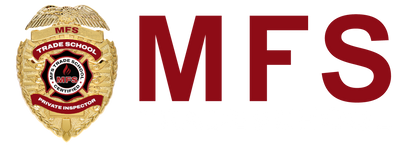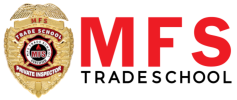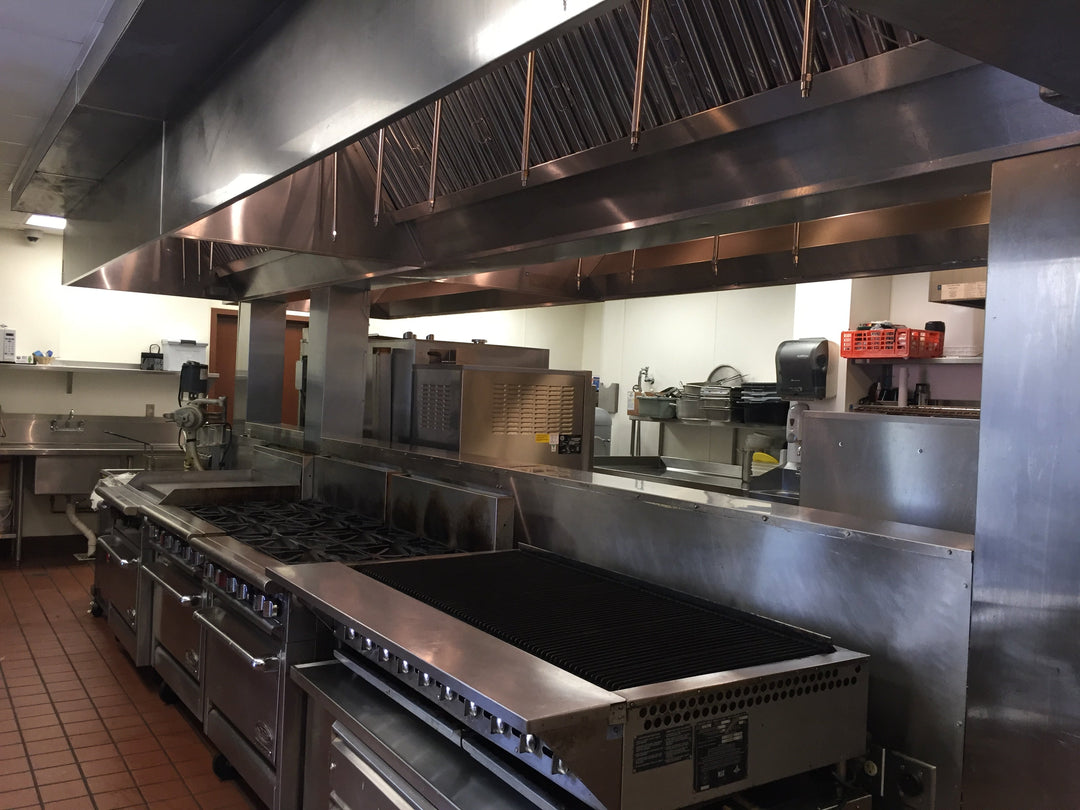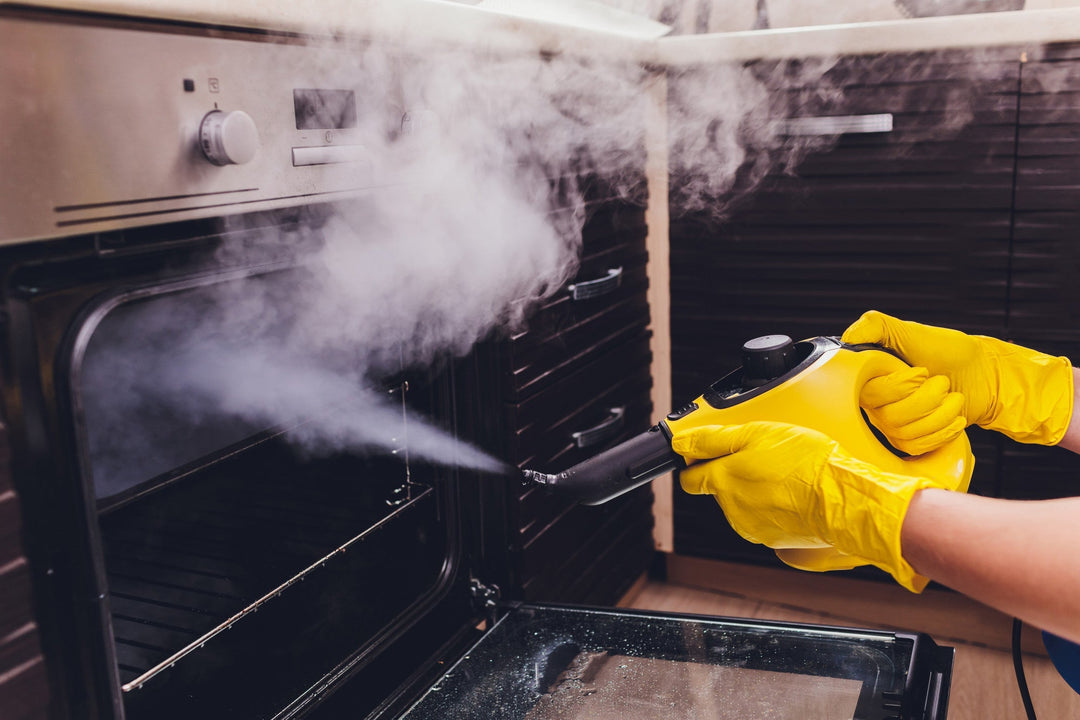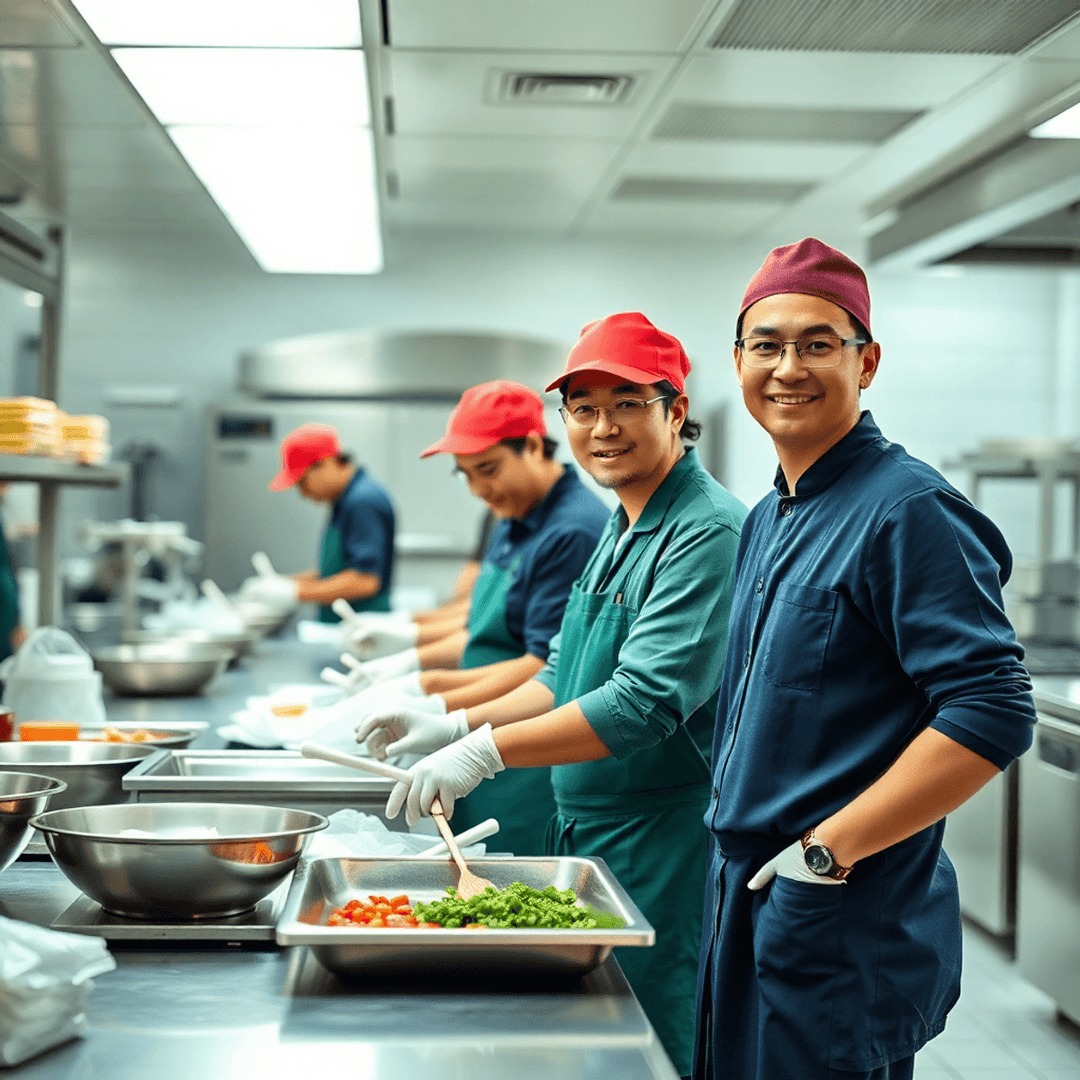Professional Cleaning Strategies for Post-COVID Restaurants
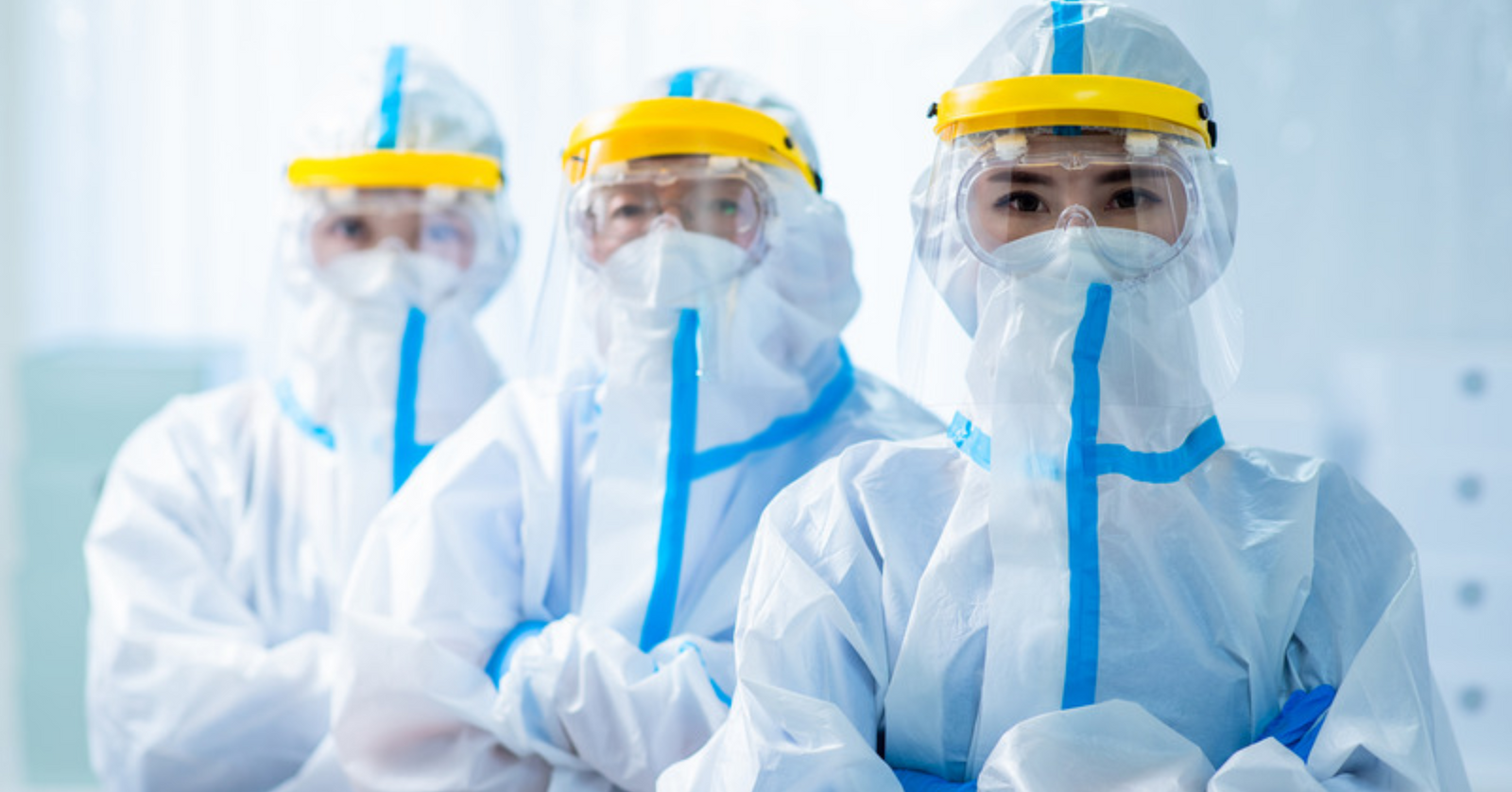
The COVID-19 pandemic has left an indelible mark on the restaurant industry, compelling operators to reevaluate their cleaning and hygiene practices. As restaurants navigate the post-pandemic landscape, the role of professional cleaning has become more critical than ever in ensuring the safety of both patrons and staff.
Adapting to the new normal requires a comprehensive understanding of enhanced cleaning protocols, disinfection practices, and the importance of maintaining a pristine environment. Professional cleaning services have emerged as essential allies for restaurants, offering specialized knowledge, techniques, and technologies designed to meet and surpass the heightened hygiene expectations.
In this article, we will explore the crucial role of professional cleaning in post-COVID restaurant operations, delving into best practices, staff training, and the impact of cleanliness on customer trust. We will also discuss how leveraging technology and staying informed on evolving health guidelines can help restaurants maintain a competitive edge in the face of unprecedented challenges.
Why is professional cleaning crucial for post-COVID restaurant operations?
The sudden outbreak of COVID-19 has severely affected the global hospitality industry, with hygiene and cleanliness becoming the focal point in the recovery plan. Traditionally, visual inspection was used to evaluate cleanliness by housekeeping staff; however, studies suggest that this method is not enough to ensure that surfaces are hygienic and clean. To meet higher levels of hygiene, cleanliness, and safety protocols, the restaurant industry must embrace technology-enabled solutions to provide contactless service.
Professional cleaning services play a vital role in helping restaurants adapt to the new standards of cleanliness and hygiene. These services employ hospital-grade disinfectants and follow stringent cleaning protocols to mitigate the risk of pathogen transmission, offering restaurants a critical line of defense against potential outbreaks. By investing in professional cleaning services, restaurants can significantly reduce the spread of illness, maintain productivity, and avoid the costs associated with temporary closures or decreased manpower.
Moreover, the psychological impact of a visibly clean environment on customers and employees cannot be underestimated. A clean, well-maintained restaurant premises sends a powerful message about the establishment's commitment to the health and safety of its patrons and staff. Professional cleaning services ensure that every aspect of the restaurant's physical space reflects its dedication to excellence, from sparkling floors to smudge-free windows, creating a positive and lasting impression on customers. This, in turn, fosters a sense of trust and loyalty, which is crucial for restaurants looking to rebuild and grow in the post-pandemic era.

Professional Cleaning Strategies for Post-COVID Restaurants
Navigating the post-COVID landscape, restaurants must integrate advanced cleaning strategies that meet contemporary hygiene standards. This requires an approach that not only implements rigorous cleaning protocols but also ensures these measures are executed with precision to uphold operational productivity. As societal awareness of hygiene has heightened, restaurants must now elevate cleanliness as a fundamental aspect of their operational ethos.
Implementing Enhanced Cleaning Protocols
Central to post-COVID cleaning strategies is the establishment of detailed cleaning schedules for areas frequently touched by guests and staff, such as door handles, tables, and payment systems. These hotspots demand regular attention to reduce contamination risks. Employing EPA-approved disinfectants guarantees that all surfaces remain pathogen-free, fostering a secure dining atmosphere. Complementing these efforts with professional janitorial services ensures thorough sanitation, as experts bring the necessary skills and tools to address the specific challenges faced in restaurant environments.
Focusing on High-Touch Areas
Addressing high-touch areas with priority is crucial for effective cleaning. Utilizing distinct color-coded tools can prevent cross-contamination between different sections of the restaurant. For example, separating cleaning supplies for the dining area from those used in the kitchen helps maintain sanitary conditions. Additionally, consistent cleaning of kitchen exhaust hoods is vital for sustaining air quality and minimizing airborne contaminants, promoting a healthier environment for staff and customers alike.
Training Staff in Effective Cleaning Techniques
Comprehensive staff training underpins the success of these strategies. Employees must be equipped with a deep understanding of modern cleaning techniques and the appropriate application of personal protective equipment (PPE) during their tasks. By cultivating a workplace culture that prioritizes safety and hygiene, restaurants can engage staff in ongoing education and enhancement. By offering training programs such as specialized disinfection courses, staff gain the expertise essential for maintaining cleanliness standards, thereby reinforcing customer trust in the restaurant’s dedication to health and safety.
1. Implement Enhanced Cleaning Protocols
Developing robust cleaning strategies is fundamental to ensuring a safe and welcoming restaurant environment in the wake of COVID-19. Crafting meticulous cleaning routines for frequently touched surfaces is paramount, as these areas see constant interaction from both employees and guests. These routines should be thoroughly documented and communicated to all staff members to ensure diligent execution, thus minimizing the potential for viral transmission within the restaurant.
Prioritizing the use of high-efficacy disinfectants is critical in these protocols. These cleaning agents are specifically designed to neutralize a broad spectrum of pathogens, including those responsible for COVID-19. Applying these solutions with precision—adhering to all guidelines regarding appropriate concentrations and contact times—ensures optimal sanitation across various surfaces. Additionally, selecting products tailored to specific material types enhances the overall effectiveness of the cleaning process.
Engaging in comprehensive cleaning services significantly bolsters the hygiene standards of a restaurant. Such services provide access to advanced cleaning methods and tools that can tackle areas that are often overlooked by routine cleaning. By outsourcing these tasks to experts, restaurant staff can focus on delivering superior customer service, assured that the establishment maintains impeccable sanitation. This approach not only elevates health safety but also solidifies patrons' trust in the restaurant's dedication to their well-being.
2. Focus on High-Touch Areas
In a restaurant setting, high-touch surfaces present significant opportunities for pathogen transmission. These areas, such as entryway handles, dining surfaces, and customer-facing payment systems, demand special attention to prevent the spread of illness. Implementing a focused approach to cleaning these surfaces not only guards against contamination but also enhances the dining experience by ensuring a visibly clean environment.
Entryway Handles and Access Points: These are the initial contact surfaces for guests entering the restaurant. Establishing a frequent cleaning routine for these areas, especially during peak hours, is vital. Utilizing disinfectants that are proven to be effective against a wide array of microorganisms ensures that these surfaces remain safe for guests and staff.
Dining Surfaces and Eating Zones: The dining experience involves direct interaction with tabletops and surrounding areas. It is crucial to sanitize these surfaces promptly after each use, focusing on all potential contact points. Staff should be adept at using cleaning techniques tailored to maintain a hygienic dining area, reinforcing the restaurant’s commitment to health and safety.
Customer-Facing Payment Systems: With the rise of digital transactions, keeping payment systems clean is essential. These devices should be regularly cleaned with solutions that preserve their functionality while eliminating pathogens. Establishing a protocol for their maintenance ensures both hygiene and operational efficiency.
Employing a color-coded system for cleaning tools offers an effective strategy to avoid cross-contamination between different restaurant areas. Assigning distinct colors for specific zones prevents the misuse of cleaning items, thereby enhancing overall sanitation efforts. This simple method supports a structured cleaning regimen that protects the health of guests and upholds the restaurant's hygiene standards.
Regular maintenance of kitchen exhaust systems is equally important for sustaining a healthy indoor environment. These systems can accumulate residues that impair air quality and present health risks. Scheduled cleaning of these units by trained professionals ensures they function optimally, contributing to a cleaner and safer restaurant atmosphere.
3. Train Staff in Effective Cleaning Techniques
Equipping restaurant staff with the expertise to maintain enhanced hygiene standards is crucial in a post-pandemic world. Structured learning modules should be developed to provide employees with insights into cutting-edge sanitation practices and the science behind them. These modules should combine theoretical knowledge with practical applications, ensuring that every team member can effectively execute cleaning protocols with skill and confidence.
Comprehensive Understanding of Safety Gear: It's vital for staff to gain a deep understanding of the selection and utilization of safety gear. Training should focus on the correct usage and maintenance of protective equipment to prevent exposure to hazards. This knowledge not only protects the workforce but also reinforces the establishment’s commitment to creating a safe environment for both employees and guests.
Promoting a culture of proactive knowledge acquisition and adaptation is essential. Encouraging staff participation in workshops and industry seminars keeps them abreast of innovations and best practices in sanitation. This dedication to continuous improvement fosters a collective sense of accountability and expertise, positioning the restaurant as a leader in health and safety standards within the community.
4. Enhance Communication with Customers
Transparent communication with customers is key to demonstrating a restaurant's dedication to health and safety. One effective method is the prominent display of cleaning schedules and sanitation procedures. By ensuring this information is visible, whether through signage at key locations or digital boards, restaurants can reinforce customer confidence. This approach underscores the establishment’s commitment to rigorous cleaning standards, which is crucial in fostering a sense of security for diners.
Digital signage can be a powerful medium for conveying updates on hygiene practices and any operational changes. These displays can be strategically positioned throughout the venue to provide timely information, such as updates on cleaning routines or reminders about safety protocols like social distancing. The flexibility of digital signage allows restaurants to quickly adjust their messages to align with evolving health guidelines or customer input, ensuring patrons are consistently informed and reassured during their visit.
Fostering customer engagement through feedback mechanisms is another vital component of building trust. Inviting guests to share their observations on cleanliness and safety initiatives not only yields valuable insights but also demonstrates a restaurant’s commitment to responsiveness and adaptability. This can be achieved through digital feedback forms, suggestion boxes, or interactive platforms. By promptly addressing concerns and visibly integrating customer feedback, restaurants can enhance their rapport with patrons, using feedback as a catalyst for ongoing enhancement.
5. Leverage Technology for Improved Cleaning Efficiency
Adopting technology in cleaning routines is crucial for restaurants aiming to enhance hygiene and operational efficiency. Integrating contactless payment systems and digital ordering platforms is essential in minimizing physical interactions, thereby reducing potential contamination risks. These innovations not only streamline the customer experience but also cater to modern consumer expectations for quick and seamless transactions, enhancing both safety and satisfaction.
Improving air quality through advanced purification systems is another vital technological advancement. These systems actively work to remove airborne particles, including allergens and pathogens, from the environment, contributing to a cleaner and healthier atmosphere. By maintaining high air quality, restaurants provide an additional layer of reassurance to guests and staff, ensuring that the dining environment is both safe and comfortable.
Exploring automated cleaning technologies offers a path to greater consistency and efficiency in maintaining cleanliness standards. Tools such as robotic cleaning devices and automated sanitation stations can handle routine tasks with precision, reducing the need for manual intervention. This allows staff to redirect their efforts toward more complex service and hospitality duties, optimizing the use of human resources while maintaining rigorous hygiene protocols.

Tips on Maintaining Post-COVID Hygiene Standards
Navigating the post-pandemic landscape requires ongoing diligence and adaptability. Restaurants must continuously refine their approaches to sanitation to meet evolving health and safety expectations. This involves proactive measures that go beyond compliance, fostering an environment of continual improvement and commitment to excellence.
Stay Informed on Health Guidelines
Keeping pace with updates from health authorities is crucial for sustaining effective health practices. Engaging with official resources and industry publications equips restaurant operators with timely insights into emerging health trends and regulatory changes. This proactive stance allows for strategic adaptations to cleaning protocols, ensuring they remain relevant and effective.
Implementation Strategy: Form a dedicated task force or appoint a health liaison to oversee the integration of new guidelines into daily operations. This group should conduct regular reviews of procedures to align them with the latest recommendations, thereby safeguarding the health and safety of everyone in the establishment. This approach not only ensures compliance but also positions the restaurant as a leader in health-conscious practices.
Foster Customer Trust Through Transparency
Clear and open communication about health and safety measures is vital for building confidence and trust among patrons. By detailing the steps taken to ensure a clean and safe environment, restaurants can reassure guests of their commitment to rigorous health standards. This transparency should be a core component of the restaurant’s customer engagement strategy.
Customer Engagement Tactics: Leverage multiple communication platforms—such as social media, email updates, and in-restaurant displays—to share updates on sanitation practices. Encourage customer interaction through digital feedback tools to gain insights into their perceptions and concerns regarding cleanliness. By incorporating this feedback into operational improvements, restaurants can enhance their service and strengthen customer relationships.
Building Loyalty: Providing consistent updates and actively seeking guest input fosters a relationship built on trust and mutual respect. When patrons perceive a genuine commitment to their safety and well-being, their confidence in the restaurant grows, leading to increased loyalty and advocacy. This trust, cultivated through openness and responsiveness, becomes a defining characteristic of the restaurant’s brand.
As the restaurant industry navigates the post-COVID landscape, embracing professional cleaning strategies and fostering a culture of hygiene excellence will be the key to success. By investing in staff training, leveraging technology, and maintaining open communication with customers, restaurants can create environments that prioritize health and safety without compromising on the quality of the dining experience. If you're interested in enhancing your skills and knowledge in professional cleaning for the restaurant industry, request more information about training programs and certifications from us today, and let us help you become a leader in post-COVID restaurant operations.
